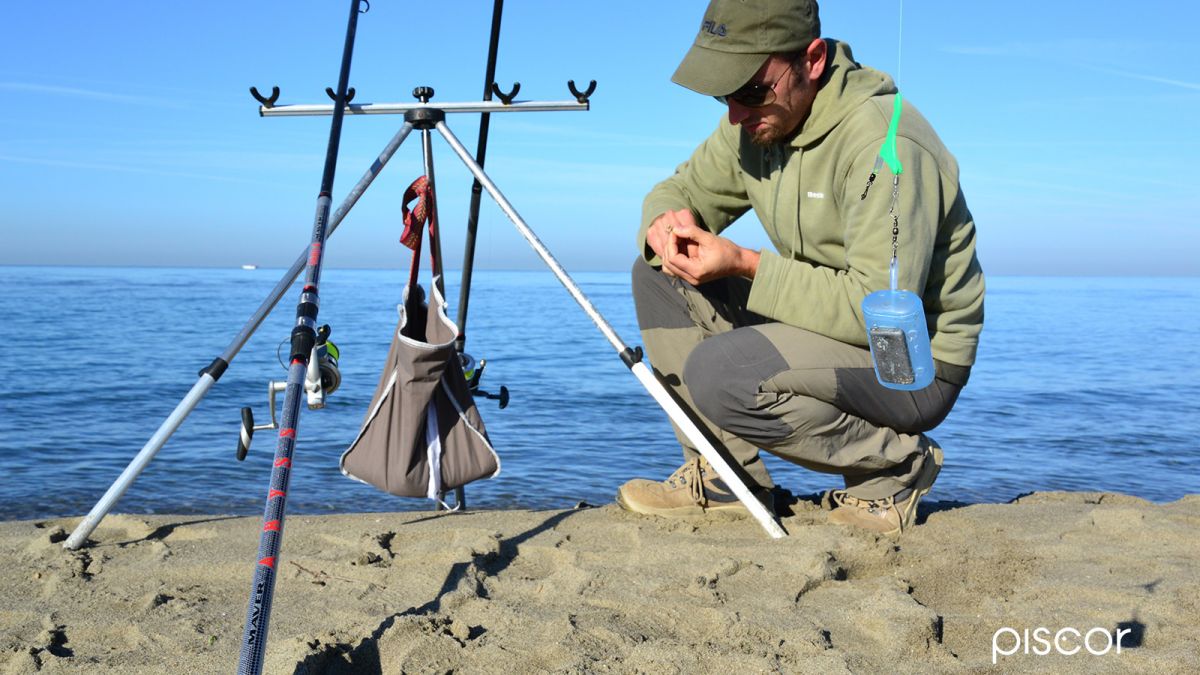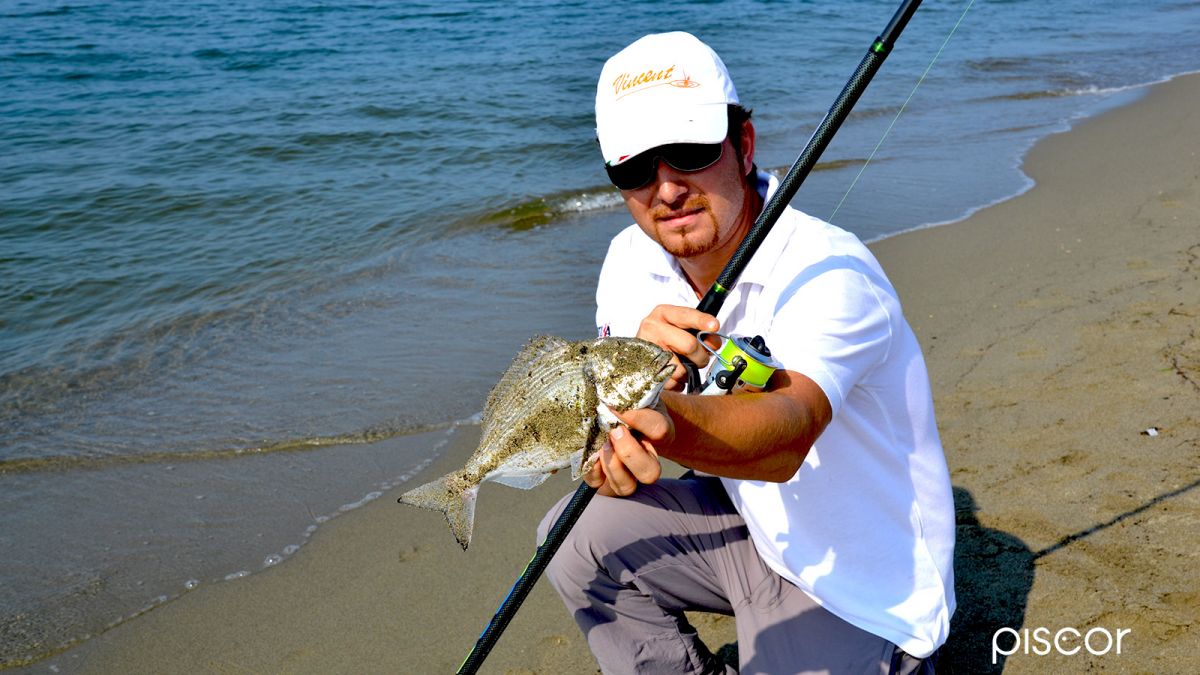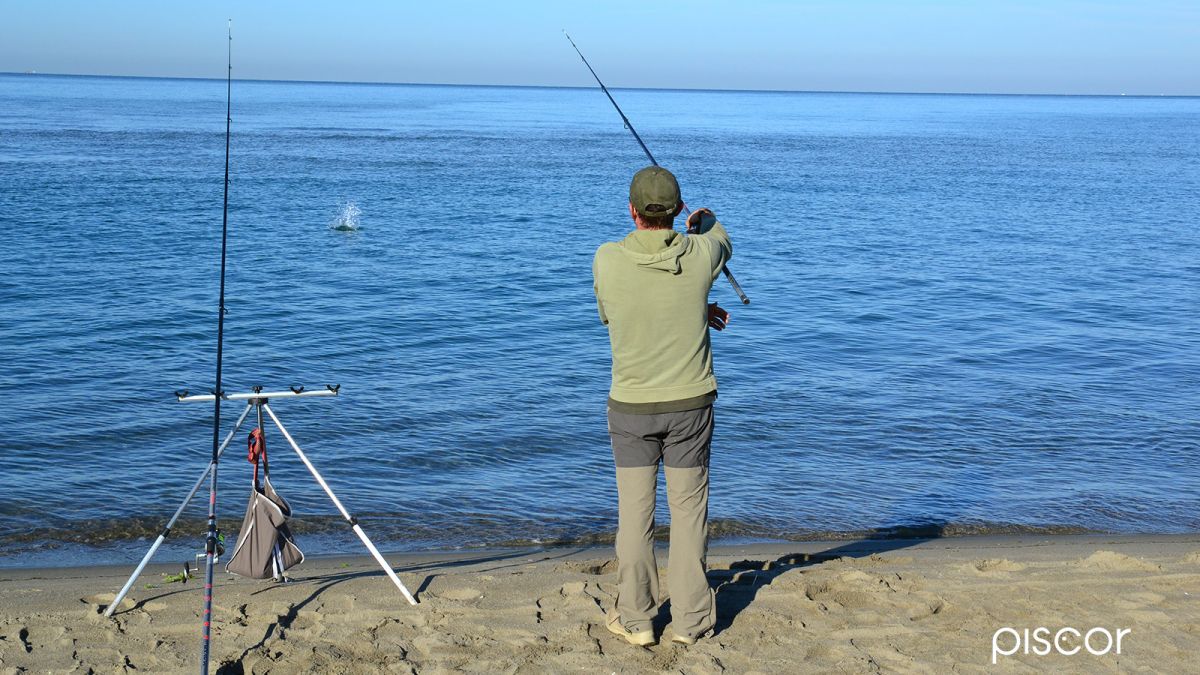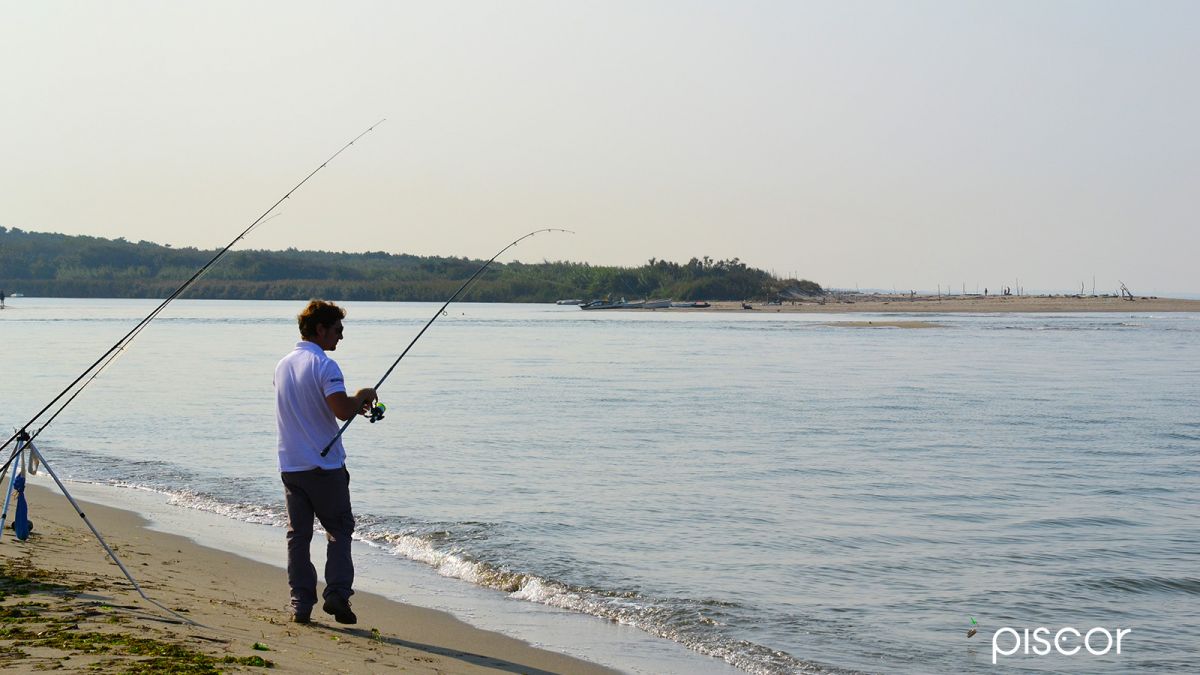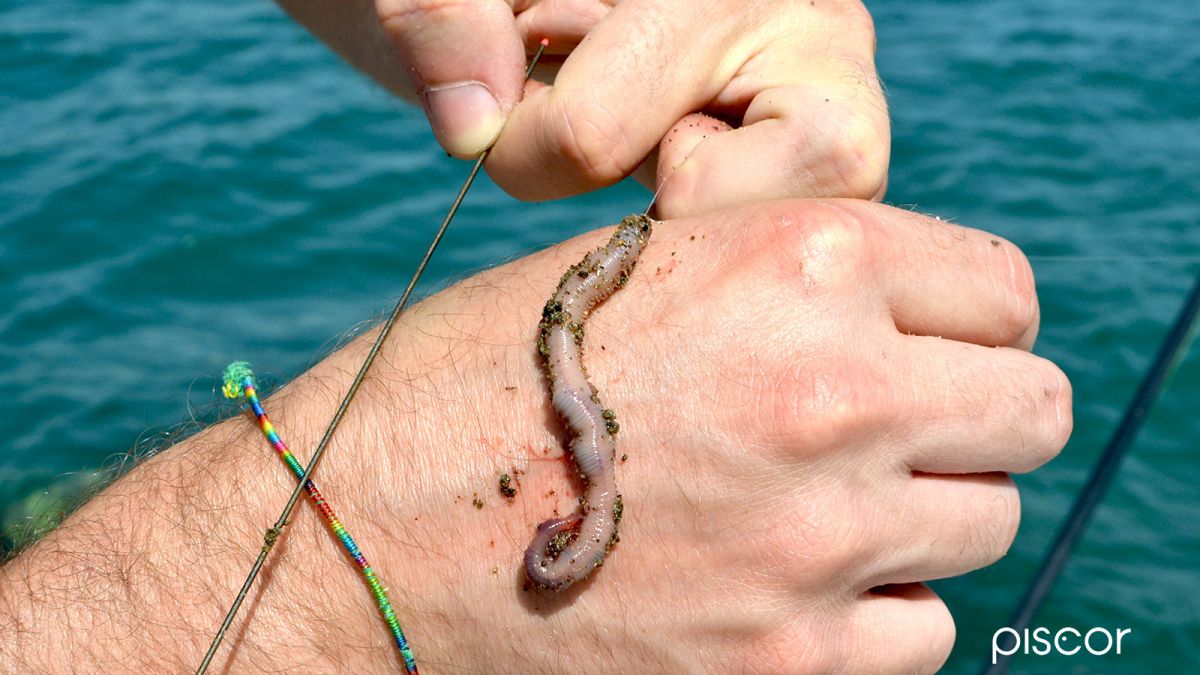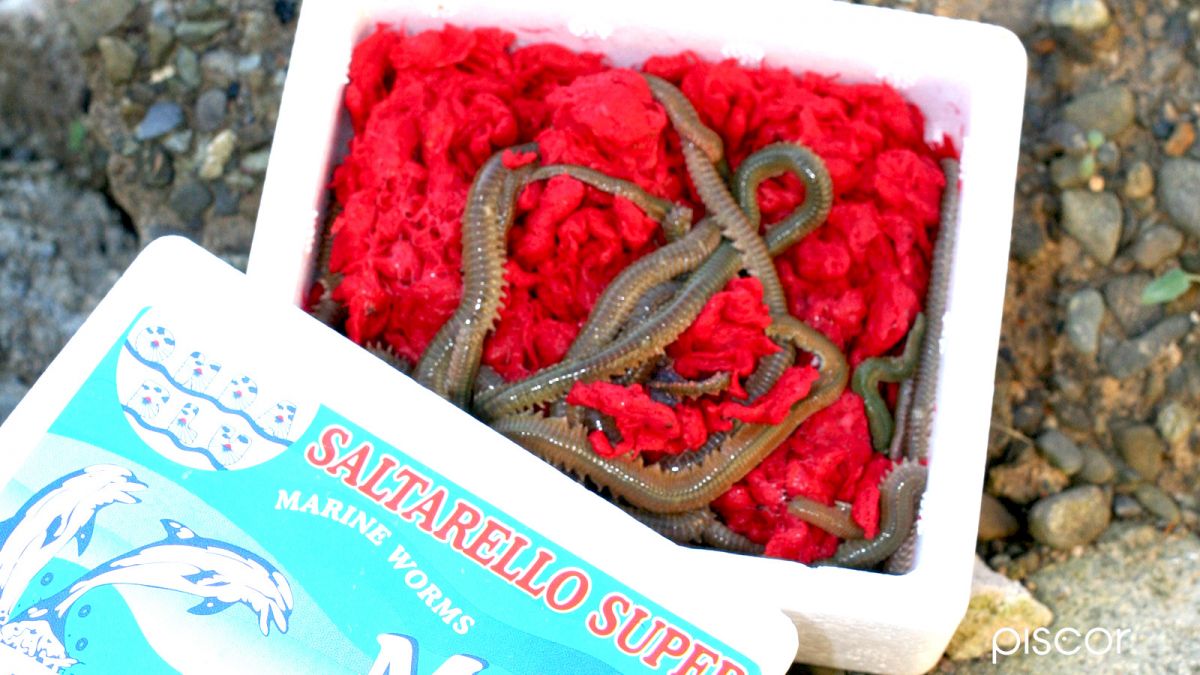An essential technique
The specialty of ledgering with feeder can be counted among the most captivating fishing techniques. The strength of this technique comes from the fact that you can have the hook at a short distance from the pasture. In the method this characteristic is amplified by the fact that the bait will be offered within the pasture "printed" on the latter.
Regardless of the shepherd we will choose, because it is a bottom fishing, we can use diameters not really very thin for the rig and normally a 0.14 - 0.16 fluorocarbon will adequately perform its task. The situation is different where we want to try with floating feeders where we will use thinner wires.
Read the spot
The feeder technique, whether it is practiced from a beach or a pier, but also in the mouth, remains what it was originally, an essential and very catching fishing. But, as in all things, we must respect some basic rules to be successful, to catch the fish that sometimes makes the difference, elevates the day ... all this passes through the sense of water and fish, the fisherman must know how to read the spot, before placing the equipment must understand well, scrutinizing the water, where the fish can be.
It is not a simple thing, however, it comes with time, with experience. Fishing from a beach, we must always choose those positions where we see two tongues of land joined together, two points of sand connected by a semicircle, there will be a hole, a gully and consequently a good passage of fish.
As for piers and mouths, just look at the line where the boats pass, surely, there will be movement of water and seabed. Once we have decided where to place, we will make the frame.
Running rig
Simplicity always pays off, the English who are then the inventors of this discipline, have always treasured simplicity. Fishing in running waters with suspicious fish, such as, for example, gilthead sea breams that have a particular way of eating, they catch the bait and then chew it and swallow it not on the spot, but on the move.
The gilthead sea bream passes, eats and leaves! If he feels even the slightest resistance given by the feeder’s ballast, it will immediately refuse the bait. So we have to use a sliding approach and here the running rig becomes the most suitable frame in absolute whether you fish in running water or semi-slow and steady.
The only difference is the length of the rig, which must be longer or shorter depending on the current on the spot. Much current, long rig, shorter flow little rig. This is because the pasture, made of maggots or flours, will tend to move away from the feeder creating a trail away from it and it will be there, that the fish will go to eat and we will have to place our trap.
Rods, Reels & C.
Before buying the fishing equipment, we must always understand how and where we go to fish, then, look for a good compromise with rods and reels that can cover the various spots. We have said that we will fish at the mouth, so an area where the current persists, from the beach, an area where sometimes even a slight movement of the sea can make a difference on the behavior of the fish, but also on the equipment if the latter was chosen incorrectly may mean frustrating the fishing output.
A nice thirteen feet is what you need with a casting that covers up to one hundred grams "armed" with a reel size 4000 equipped with two coils where we will load the excellent sinking wire of 0.20 and 0.25. In this way we are covered!
An indispensable accessory is the tripod where we will go to rest the rods once we are fishing. This must be equipped with telescopic legs and made of aluminum, a material that does not take the rust and that resists to salt. The telescopic legs are used to place the tripod in any terrain morphology for a priceless comfort while fishing.
It is necessary to be equipped not only with a good selection of feeders but also with leads. It will happen very often to fish with two rods, so, the one in favor of current that receives the wake of the pasture of the one mounted upstream or downstream in case of rising tide, must be armed with a lead as ballast, otherwise, mounted on it too a feeder is likely to disperse too much the pasture and, consequently, the fish.
Bait
In addition to the evergreen maggot used by most of the fishermen who practice this discipline, we must also carry other bait called alternatives. Very often it happens to have to use the maggots as attraction, pasturage of call and then stir on the hook other baits precisely because, at that precise moment the fish eat more and do not care about the trigger of maggot despite coming in the wake of those who come out of the feeder.
In this respect, we need to be ready and trigger other things so that we can make good catches. However, the biggest bait is always the American and the Korean, especially in winter. With these baits we can catch anything even if, in this period are more frequent catches of sea breams, sea bass, breams and mullets both at the mouth and from the beach, with this technique.

